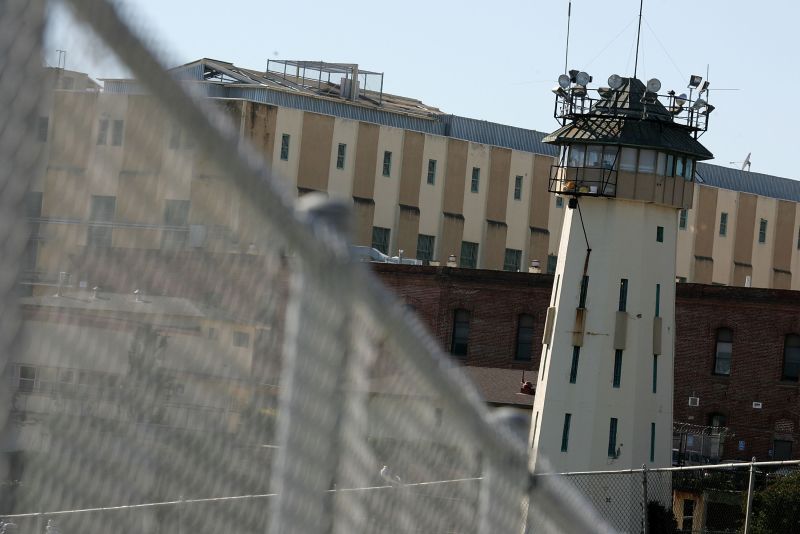CDCR says it will continue to update the public daily. Here's what you need to know about the outbreak:
What Is Legionnaires' Disease?
Legionnaires' disease is a type of pneumonia caused by the Legionella bacteria. It is not spread person-to-person. Instead, it is present in water, especially warm water, and is carried by steam and mist. San Quentin officials had shut down many plumbing systems, and suspended cooking -- because steam from cooking could carry the bacteria and infect people.
According to the Centers for Disease Control, the bacteria are "one of the most frequent causes of waterborne disease among humans in the United States."
Who Is At Risk?
The CDC says that 8,000-18,000 people are hospitalized in the U.S. every year with Legionnaires' disease. (By comparison, far more people are sickened every year by the more-common pneumococcal pneumonia; it affects 900,000 people.)
Those most at risk of becoming seriously ill are:
- People over age 50
- Smokers
- Those with chronic lung disease
- People with weakened immune systems
How Is It Treated?
While Legionnaires' can be fatal, it is generally successfully treated with commonly available antibiotics.
Can It Be Prevented?
Since the Legionella bacteria are waterborne, everything from water storage towers to plumbing to hot tubs need to be properly disinfected. Samples have been collected at San Quentin, officials say, but the source of the contamination has not yet been identified. Lab tests on those samples take about two weeks to process. In the meantime, officials are hopeful that the suspension of plumbing at San Quentin has been successful.
"We believe the transmission of the organism was stopped last week," Tharratt said.
Why Is It Called "Legionnaires' "?
In 1976, 2,000 members of the American Legion were gathered for a big conference in Philadelphia. Many became sick with a mysterious respiratory illness. The outbreak launched a massive public health investigation, which resulted in identification of a new family of bacteria.
(On an historical note, in the early 1980s, those fighting for a similar public health response to another mysterious disease -- one that was striking gay men -- were sorely disappointed. As early as 1982, there were already significantly more deaths from what came to be called AIDS than had died in the 1976 Legionnaires' outbreak.)
Where Else Have Legionnaires' Outbreaks Happened Recently?
As noted, Legionnaires' disease is a fairly common illness. The Associated Press compiled these outbreaks that have occurred around the country this summer:
- In Illinois, an outbreak reported last week at the Illinois Veterans Home in Quincy, an assisted living and nursing home southwest of Chicago, has led to the deaths of seven elderly residents, all with underlying conditions. Another 32 residents have been sickened. Tests were pending Tuesday for other residents. The source has not been identified.
- In New York, an outbreak in July and August that killed 12 people and sickened more than 100 was traced to bacteria found in an air-conditioning unit cooling tower at a Bronx hotel.
- Two isolated illnesses occurred -- one at Illinois' Stateville prison last month, the other in July at West Chester University in Pennsylvania.
- High levels of Legionella bacteria were found last week in the water system at a substance abuse treatment unit in Arizona at the Phoenix Veterans Affairs Health Care System, leading authorities to relocate 20 patients. The bacteria were discovered during routine testing and no illnesses have been reported, spokeswoman Jean Schaefer said.
- A building at a GlaxoSmithKline drug manufacturing plant in Zebulon, N.C. ,was closed temporarily in August after Legionella bacteria were found in the external cooling towers there; no one was sickened.
